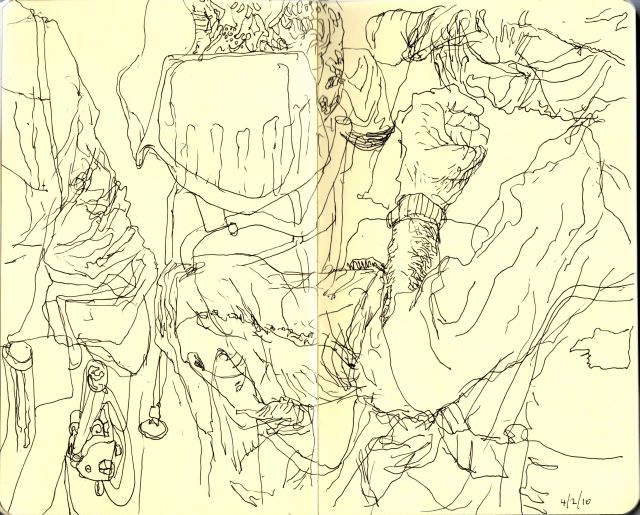

In the above portrait, Picasso only draws partial lines in the mans jaw line, hand and jacket. Artists create an implied line by only drawing fragments of a line by picking up their pencil and continuing the line later allowing the viewer of the piece of art to create the lines with their own imagination. The above portrait “Stravinsky” by Pablo Picasso, is a good example of the term implied line. Sometimes lightly drawn broken lines – or even just a slight dash here or there – can be used to increase the strength of the implied line, especially across a longer distance. Implied line works best across short distances. Implied line usually describes a subtle change of plane – for example, across the bridge of the nose or along the jaw in portrait drawing.Ī drawn line would suggest much too sharp an angle (as found along the edge of a box), but we want to suggest to the viewer that there is a change of plane there, so we use implied line. Across the gap in the line is the ‘implied line’, which the mind fills in the gaps. I prefer working in a gestural manner for my large drawings, but enjoy exploring many approaches in my sketchbook. Below is a selection of contour studies from my sketchbooks.Definition: Implied line is created when the artist lifts the pen or pencil from the paper, continuing its direction of travel, and then applies pressure again and continues in the same direction. Botanicals, the human form, bones, urban-scapes, drapery, shells, shoes are ideal to work from. Complexity will allow the artist to get lost in the observation process and focus on developing keen perceptual skills. Over time, the practice of a variety of drawing methods and a deeper understanding of form has a positive effect on how much can be expressed with a single line. The best subjects for contour drawings (even for beginners) are complex forms or setups. Great results can be achieved early on, from simply observing intently.

To me, the beauty of contour drawing lies in the purity of line and its expressive potential. Perspective drawing is a technique that gives three-dimensionality to flat images. I wanted to make sure the drawing did not look flat, so I relied on line variation to show the pineapple’s three-dimensional form. Perspective Drawing Explained: 5 Perspective Drawing Exercises. It was fun to interpret the texture and the radiating patterns of the leaves.

Pineapple study, Adriana Burgos 2014, from the sketchbook Looking around for good subjects, I thought it would be fun to draw the pineapple that had been sitting on my kitchen counter and this was the result. I decided I would do some studies from textural forms myself to make handouts. Although the emphasis of this unit has been on form and space, the question about drawing texture came up. It is the end of the second week of Fall quarter, and we have been working on contour line drawings from complex still lives in my Drawing I class. Many drawings by David Hockney, Henry Matisse, Egon Schiele, Jean Auguste Dominique Ingres and Ellsworth Kelly, are great examples of contour line drawings. This is an approach in which the artist slowly records the inner and outer edges of an observed subject with a pure deliberate line. Over the years, I have grown to love the contour line drawing process. Contour drawing is essentially outline drawing, and blind contour drawing means drawing the outline of the subject without looking at the paper while youre doing it. As an instructor however, I teach for specific course outcomes and encourage my students to gain a better understanding of the broad scope of drawing. Helen South Updated on 04/11/18 Blind contour drawing is a favorite with drawing teachers to develop hand-eye communication.

As an artist, I can choose to focus on the drawing and painting processes I enjoy the most. You can also do it with straight lines, but your illustration will look with more dimension and life if your lines follow the object’s shape. One of the great things about teaching is that you never cease to learn. The best way to give form to your drawings using crosshatching is to add lines that follow the object’s contour.


 0 kommentar(er)
0 kommentar(er)
